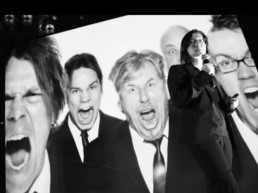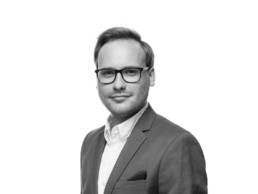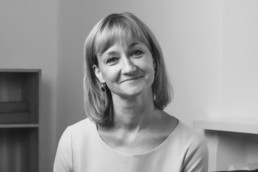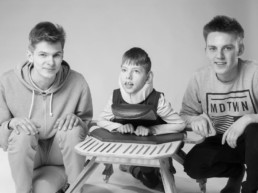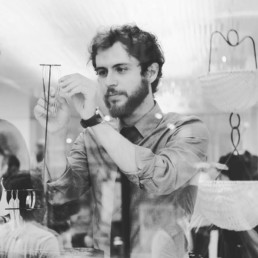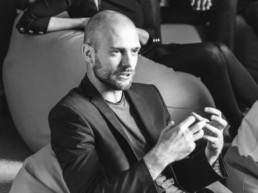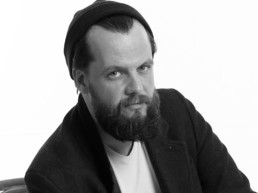Regenerative projects – revitalising disused areas
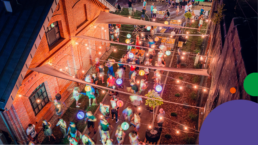
New European Bauhaus acts as a bridge between the world of science and technology and the world of art and culture to re-think the opportunities green and digital challenges could bring to our lives. Exploring various examples of social economy models and their development can foster understanding the New European Bauhaus principles as well as implementing them in a broader perspective.
Two good practices – The Split Youth Centre in Croatia and the Living Factory in Poland, of urban regeneration were analysed using peer review methodology and they showed some notable examples of community involvement, sustainable living and creative integration.
The Split Youth Centre and the Living Factory are two projects that align with the principles of the New European Bauhaus and could serve as inspiration for future urban regeneration and community development. These are transformative initiatives that have breathed new life into once-neglected spaces, showcasing the seamless integration of community engagement, sustainable living and creative ingenuity.
The Split Youth Centre in Split, Croatia
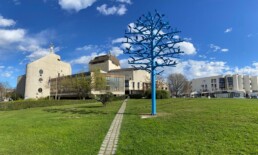
The Split Youth Centre in Split, Croatia aims to transform disused infrastructure into a functional co-creative space for various activities such as work, culture, creativity, sports and recreation. It seeks to improve the quality of life for local youth, artists, hobbyists, cultural and social activists, and the community by providing diverse programmes and events. The project addresses the need to revitalise unused infrastructure and promote artistic, creative and social engagement among the local community, particularly youth. Collaboration is at the heart of Youth Centre, as 28 public, civic and private organisations join forces to revitalise the neglected space. With hundreds of programmes and activities held throughout the year, more than 2,000 hours annually, the project has undeniably enriched the quality of life within the local community.
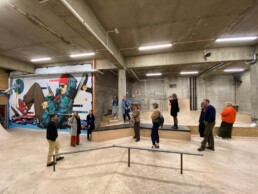
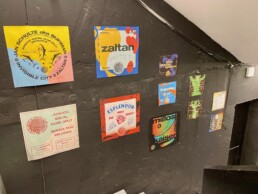
It resonates with the principles of the New European Bauhaus initiative, incorporating inclusive decision-making through collaborative governance. As a vibrant centre for creativity and community, it offers valuable inspiration for similar regional projects, proving the profound impact of revitalising spaces and nurturing the human spirit, one programme at a time.
Read more about the good practice – Split Youth Centre
The Living Factory Dąbrowa Górnicza, Poland
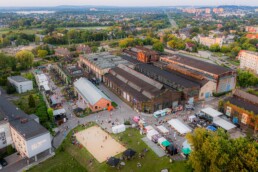
The Living Factory, situated in Dąbrowa Górnicza, Poland, is embarking on a remarkable journey of revitalising the former industrial area, carving out a vibrant centre that thrives on locally and socially rooted entrepreneurship. Grounded in the community’s needs, the Living Factory addresses the region’s pressing issue of economic transformation. With the mining industry’s decline, the project offers hope by fostering local entrepreneurship and generating job opportunities for those impacted by industry changes.
The Living Factory functions as a business incubator, bringing together social and economic partners to collaborate and create new businesses. The project advocates the potential of cooperatives to create job opportunities for individuals transitioning out of mining and mining-related industries. Comprehensive training programmes, mentoring and vital capital support are offered to budding entrepreneurs to help them realise their dreams.
The Living Factory project reflects the NEB initiative’s emphasis on economic transformation, sustainable living, and cooperation between different sectors.
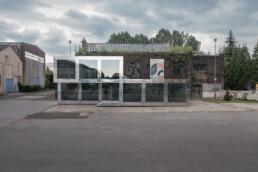
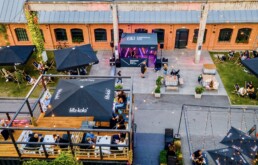
Read more about the good practice – Living Factory
Representatives of several social economy organisations from Latvia, Italy, Croatia and Belgium analysed these good practices, using peer review. A peer review is a mutual and voluntary learning process between well-qualified equals based on systematic exchange of experiences and evaluation of policies, actions, programmes or institutional arrangements. The presented comment papers and peer review working groups provided valuable insights into important aspects of:
- Financial sustainability
- Ensuring Effective and Efficient Use of Public Funds
- Harnessing Innovative Strategies for Income Generation
- Leveraging Alternative Funding Sources
- Stakeholder engagement and collaborative partnerships
- Diverse Stakeholder Engagement Models
- Role of Social Economy
- Strengthening Collaborative Partnerships
- Effective management and governance
- Governance Models for Regeneration Projects
- Capacity building for urban regeneration
- Sustainability and Impact Management
Read more about these aspects as well as the summary of good practices – The Split Youth Centre in Croatia and the Living Factory in Poland
The social economy missions were organised in the framework of project ‘SEA4NEB’ that aims at promoting social economy models to contribute to the New European Bauhaus and at how they can foster spatial and sectoral clusters, taking an ecological approach to cultural cooperation and territorial development with local authorities. The whole methodology of the project is based on a strong partnership at local level between the local authority and the SE actor, while Diesis Network will act as transnational facilitator and coordinator.
Funded by the European Union. Views and opinions expressed are, however, solely those of the authors and do not necessarily reflect those of the European Union or EISMEA. Neither the European Union nor the granting authority can be held responsible for them.


